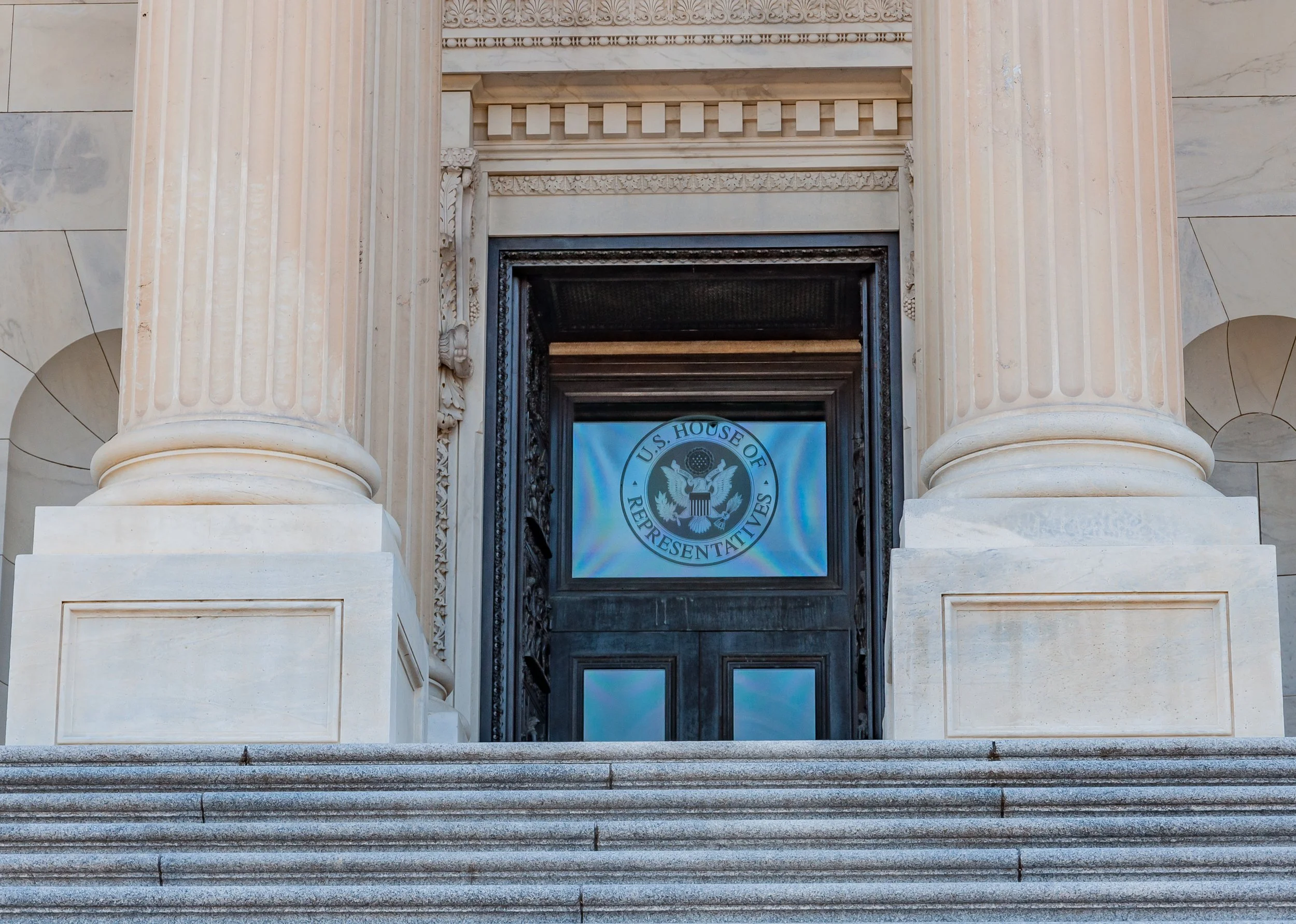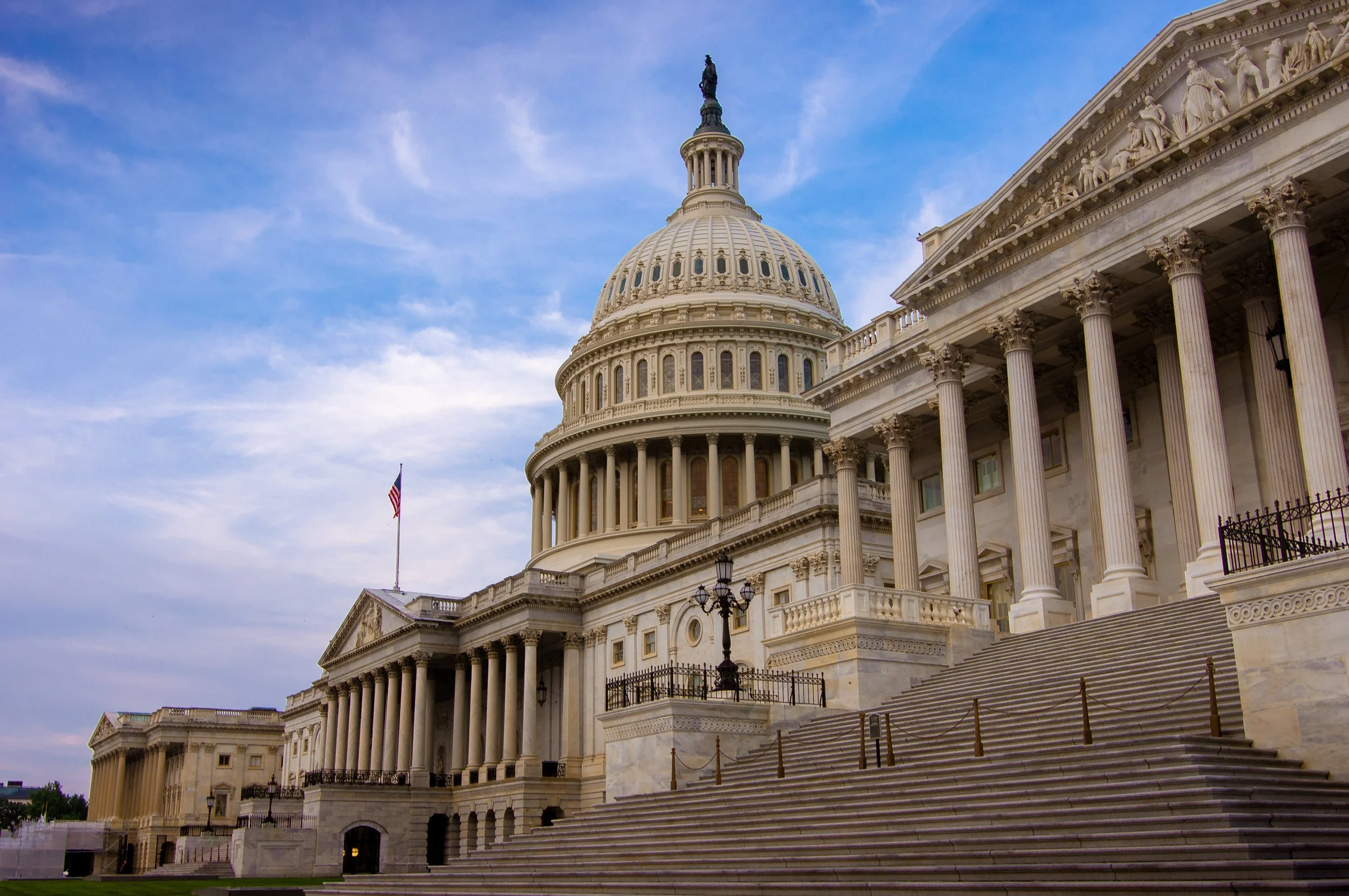The USITC recently released updated trade and tariff data. We use this data to provide up-to-date estimates of customs revenue and effective tariff rates through September 2025.
Effective Tariff Rates and Revenues (Updated November 24, 2025)
The USITC recently released updated trade and tariff data. We use this data to provide up-to-date estimates of customs revenue and effective tariff rates through August 2025.
550,000 Workers Lose Status by End of 2025: Potential Impact by State and Industry
Over 700,000 Temporary Protected Status (TPS) recipients lose legal status by the end of 2025, including 550,000 who are legally working. We estimate that TPS recipients contribute over $36 billion in annual GDP. Withdrawing their work authorization could add to labor shortages in construction, cleaning, and hospitality, especially in Florida, Texas and New York.
OBBBA International Tax Reforms: Updated Cost Estimates
We project that corporate tax revenue will decrease by $276 billion over 10 years on a conventional basis due to changes in international tax provisions related to the Section 250 deduction under OBBBA.
The Long-Term Outlook for Social Security: Baseline and Alternative Assumptions
The current Social Security program faces a significant shortfall, equal to 4.2 percent of all future covered payroll over the next 75 years. This shortfall persists under alternative and favorable projections of fertility, interest rates, immigration and the projected impact of AI on future wages.
The Cost of the Employee Retention Tax Credit
PWBM estimates that the COVID-era Employee Retention Credit (ERC) will have cost more than $300 billion when the IRS finishes processing claims later in 2025, nearly four times the initial projected cost. Most of the ERC was paid retroactively, well after pandemic-related economic disruptions had ended, limiting its effectiveness as a worker retention incentive.
Effective Tariff Rates and Revenues (Updated September 10, 2025)
The USITC recently released updated trade and tariff data. We use this data to provide up-to-date estimates of customs revenue and effective tariff rates through July 2025.
The Projected Impact of Generative AI on Future Productivity Growth
We estimate that AI will increase productivity and GDP by 1.5% by 2035, nearly 3% by 2055, and 3.7% by 2075. AI’s boost to annual productivity growth is strongest in the early 2030s but eventually fades, with a permanent effect of less than 0.04 percentage points due to sectoral shifts.
Effective Tariff Rates and Revenues (Updated through June 2025)
The USITC recently released updated trade and tariff data. We use this data to provide up-to-date estimates of customs revenue and effective tariff rates through June 2025.
Mass Deportation of Unauthorized Immigrants: Fiscal and Economic Effects
It is well known that mass deportation reduces aggregate economic variables like GDP due to scale effects. We project that deportation also reduces wages of high-skill workers, compromising 63% of workers. Still, authorized low-skilled workers can see their wages increase but only if the deportation policy is permanently sustained after 4 years. Even with new funds provided in the 2025 OBBBA, we estimate that permanent deportation would cost an additional $900 billion over the first 10 years.
Import Surges and Tariff Avoidance: The Short-Term Impact of the Trump Administration’s Trade Policies
We estimate that importers avoided 13.1 percent ($6.5 billion) of new tariffs by accelerating purchases and changing their purchasing patterns in response to the new tariff regime. Importers especially stockpiled pharmaceuticals and precious metals during 2025 Q1.
President Trump-Signed Reconciliation Bill: Budget, Economic, and Distributional Effects
We estimate the reconciliation bill signed by President Trump increases primary deficits by $3.2 trillion over 10 years. The dynamic cost, including changes to the economy, is larger at $3.6 trillion. GDP falls by 0.3 percent in 10 years and 4.6 percent in 30 years.
Senate-Passed Reconciliation Bill: Budget, Economic, and Distributional Effects
We estimate the Senate-passed reconciliation bill increases primary deficits by $3.2 trillion over 10 years. The dynamic cost, including changes to the economy, is larger at $3.6 trillion. GDP falls by 0.3 percent in 10 years and 4.6 percent in 30 years.
The Impact of President Trump’s Deportation Policies: The Social Security Program
Deporting unauthorized workers over 10 years cuts Social Security revenue, raises deficits by $133 billion (10 yrs) and $884 billion (30 yrs). The Trust Fund depletes 6 months earlier; 75-year deficit rises by 0.25% of payroll.
The House-Passed Reconciliation Bill: Illustrative Budget, Economic, and Distributional Effects with Permanence
If spending and tax changes in the House-passed reconciliation bill are made permanent, federal debt increases by 9.9 percent in 10 years and 22.9 percent in 30 years. GDP decreases by 3.6 percent, and wages fall by 2.9 percent. Dynamic costs exceed conventional costs in the budget window.
Debt, Tariffs, and Capital Markets in a Dynamic Setting: An Explainer
We examine recent capital market dynamics in the context of budget reconciliation and trade policies. Understanding these dynamics requires modeling the interaction between microeconomic behavior and macroeconomic outcomes—an approach particularly well suited for the overlapping-generations lifecycle model.
The House-Passed Reconciliation Bill: Budget, Economic, and Distributional Effects
We estimate the House-passed reconciliation bill increases primary deficits by $2.7 trillion over 10 years. GDP rises slightly, as labor supply and savings respond to a reduced social safety net, but the dynamic score is larger ($3.1 trillion) than the conventional.
House Reconciliation Bill: Illustrative Calculations with Permanence (May 20, 2025)
If spending and tax changes in Reconciliation are made permanent, federal debt increases by 11.1 percent in 10 years and 24.3 percent in 30 years. GDP remains flat and wages fall by 0.5 percent. Dynamic costs exceed conventional costs in the budget window.
House Reconciliation Bill: Budget, Economic, and Distributional Effects (May 19, 2025)
We estimate the House reconciliation bill increases primary deficits by $3.3 trillion over 10 years. Even so, GDP rises in the short and long term, as precautionary increases in labor supply and savings respond to a reduced social safety net.
Budget Reconciliation Options with Permanent Business Tax Extenders
Our previous analysis demonstrated that the Trump Administration's major tax proposals would require expiration if combined with the FY2025 House budget reconciliation. This brief considers several options to make the business tax extenders portion permanent using a combination of different horizons for spending cuts and individual tax extenders.

















